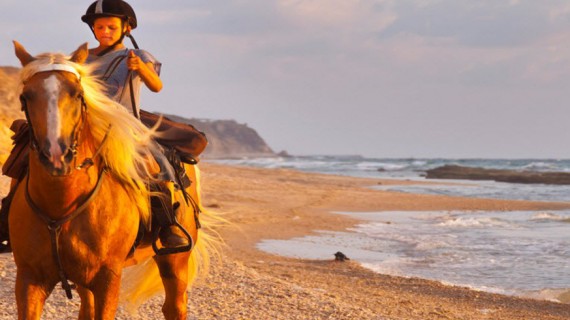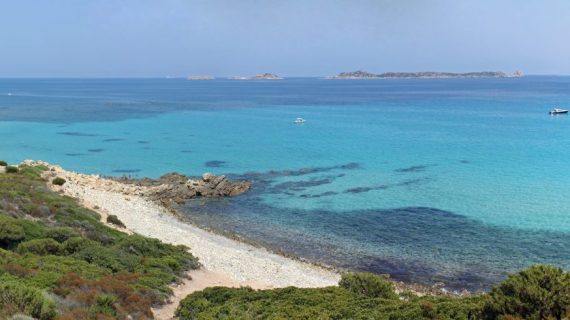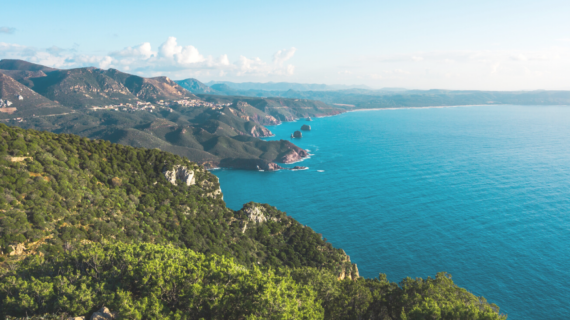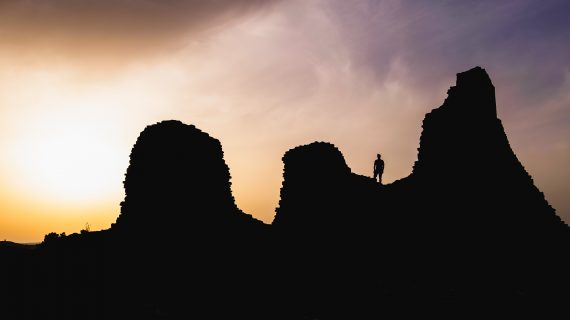Imagine a place nestled between stunning coastlines and imposing massifs, a territory where nature reigns supreme and traditions intertwine with daily life. A place where the crystalline sea crashes onto pristine beaches and the Mediterranean scrubland smells of juniper and myrtle. This place exists. It’s the Sarrabus, a historic region of Sardinia located southeast of the island. A treasure yet to be discovered, a territory rich in history, culture, and breathtaking landscapes that offers visitors an authentic and unforgettable experience.
Muravera, the main center of Sarrabus
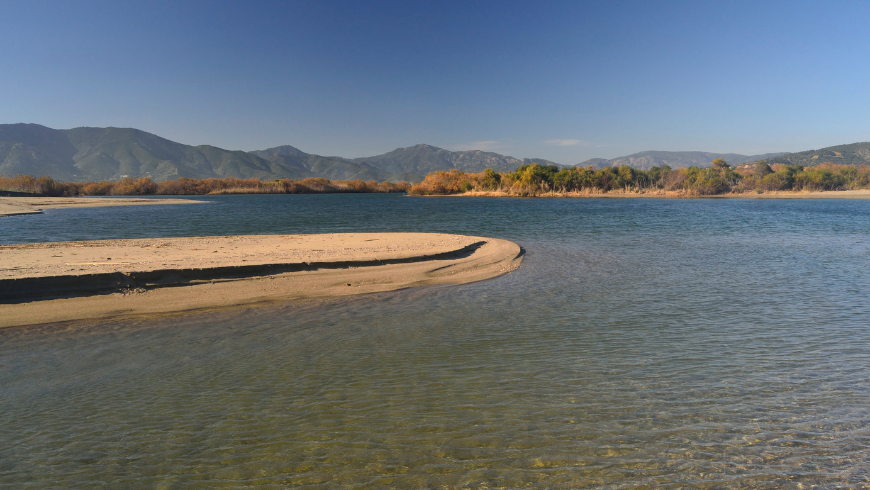
Our journey begins in Muravera, the beating heart of the historic Sarrabus region and the main citrus center of Sardinia. Here, history and nature harmoniously intertwine. On one side, we find a delightful old town, with its stone houses and ancient churches, but also numerous archaeological sites that together speak of a past rich in history and traditions. On the other, the beauty of the Flumendosa river valley, extremely fertile, cultivated with rice, and, above all, oranges, clementines, lemons, and mandarins, and splendid beaches of fine sand and crystalline waters.
Domu Bresca, a place to fully experience Sarrabus and Sardinia
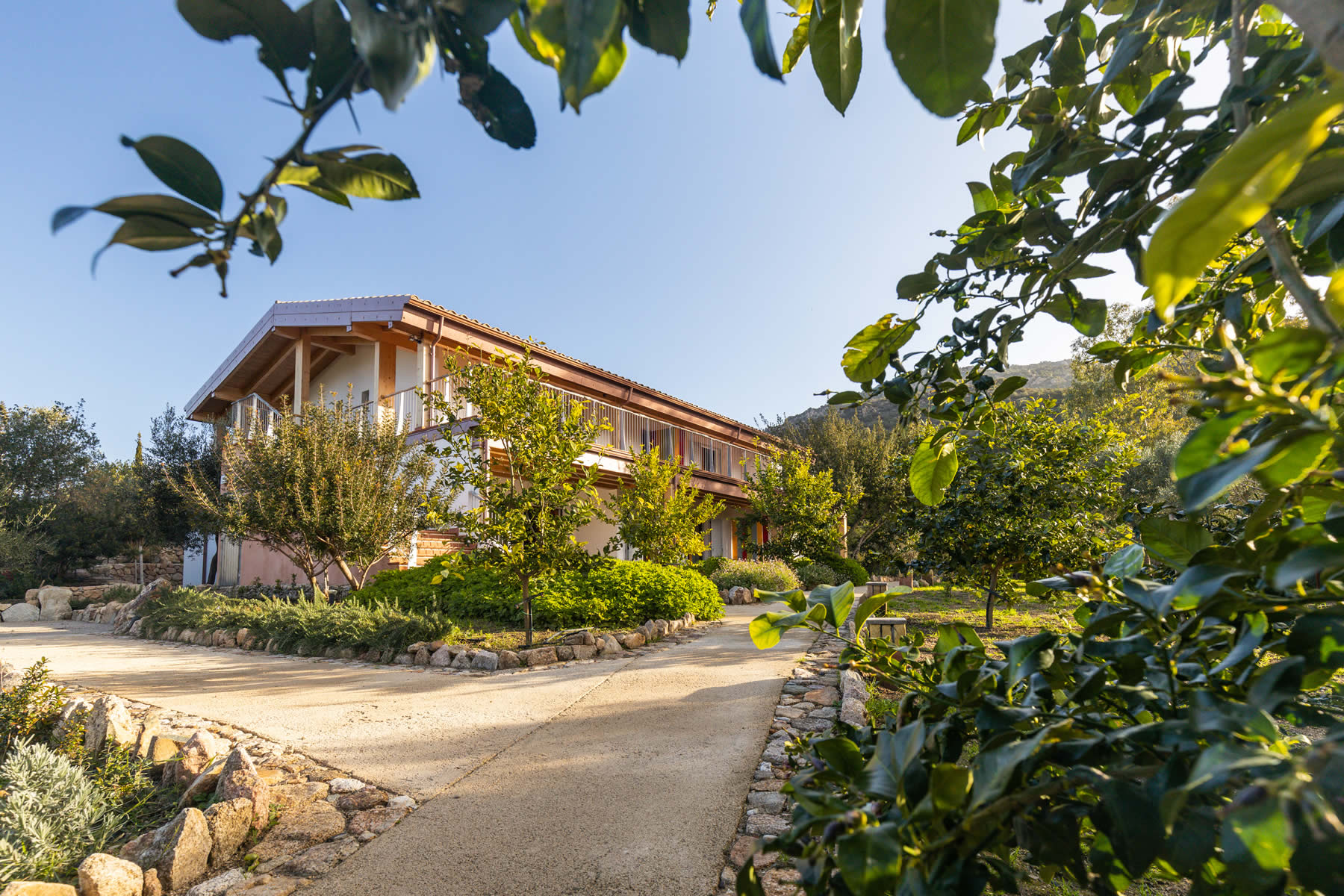
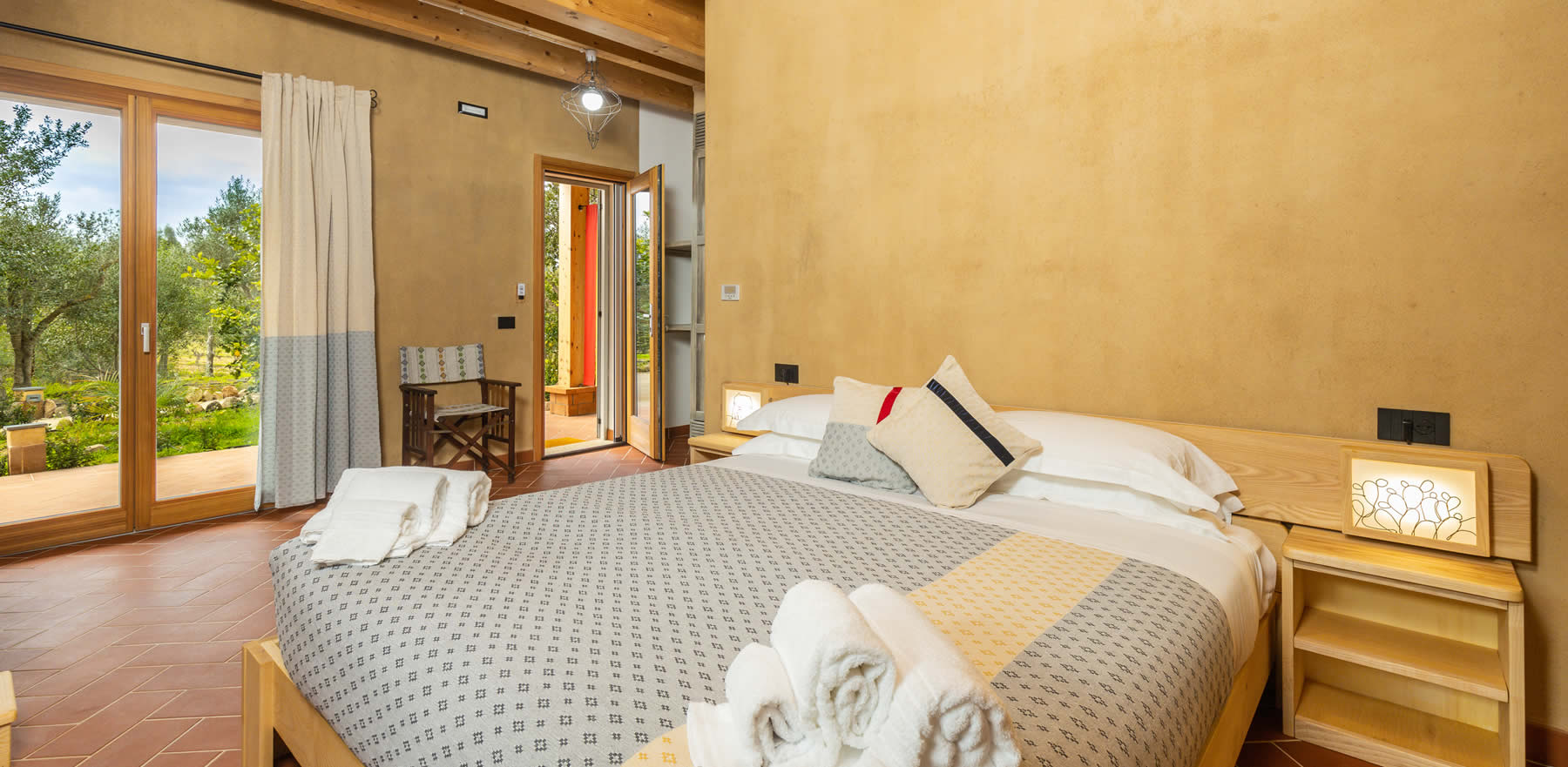
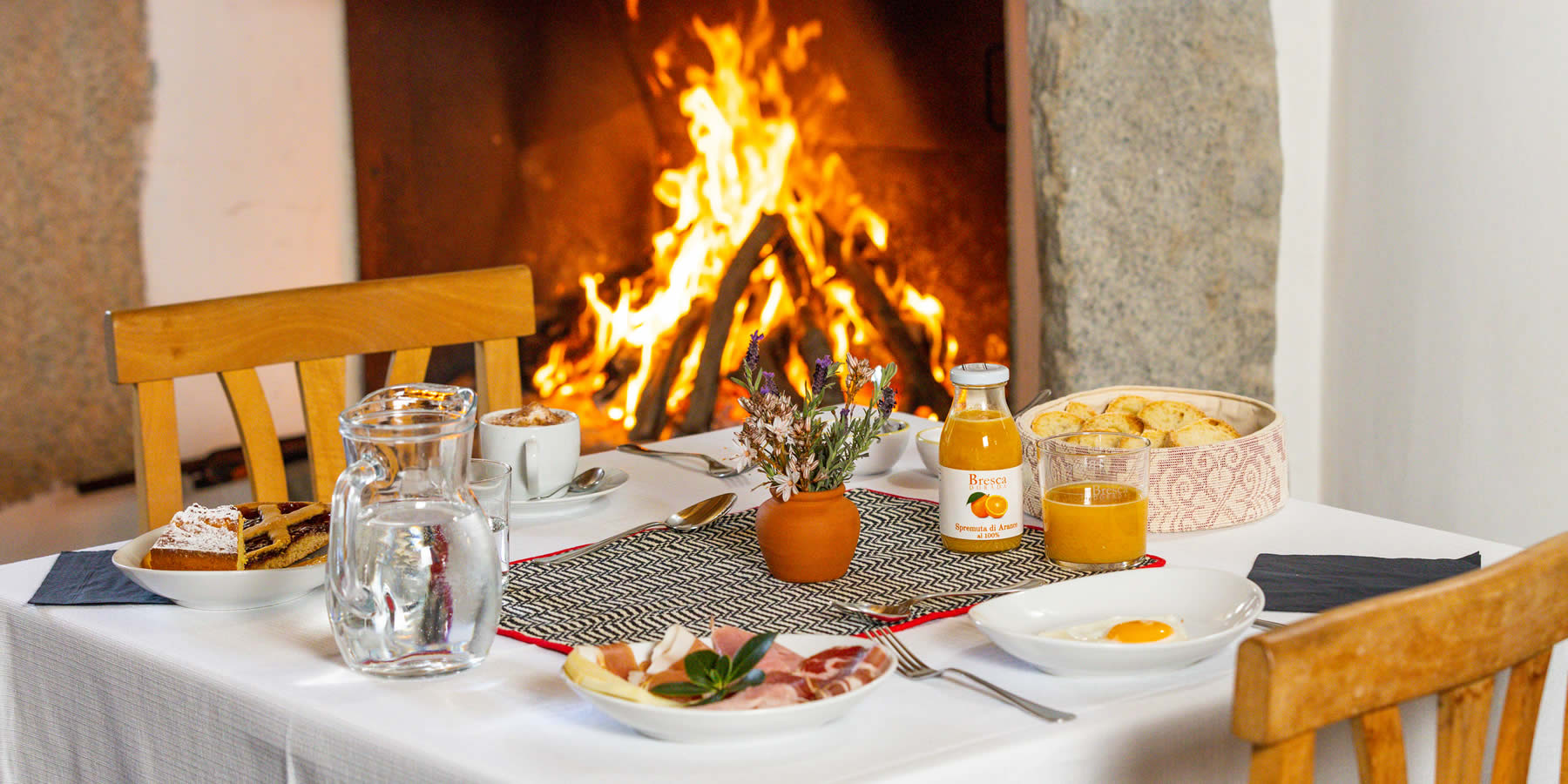
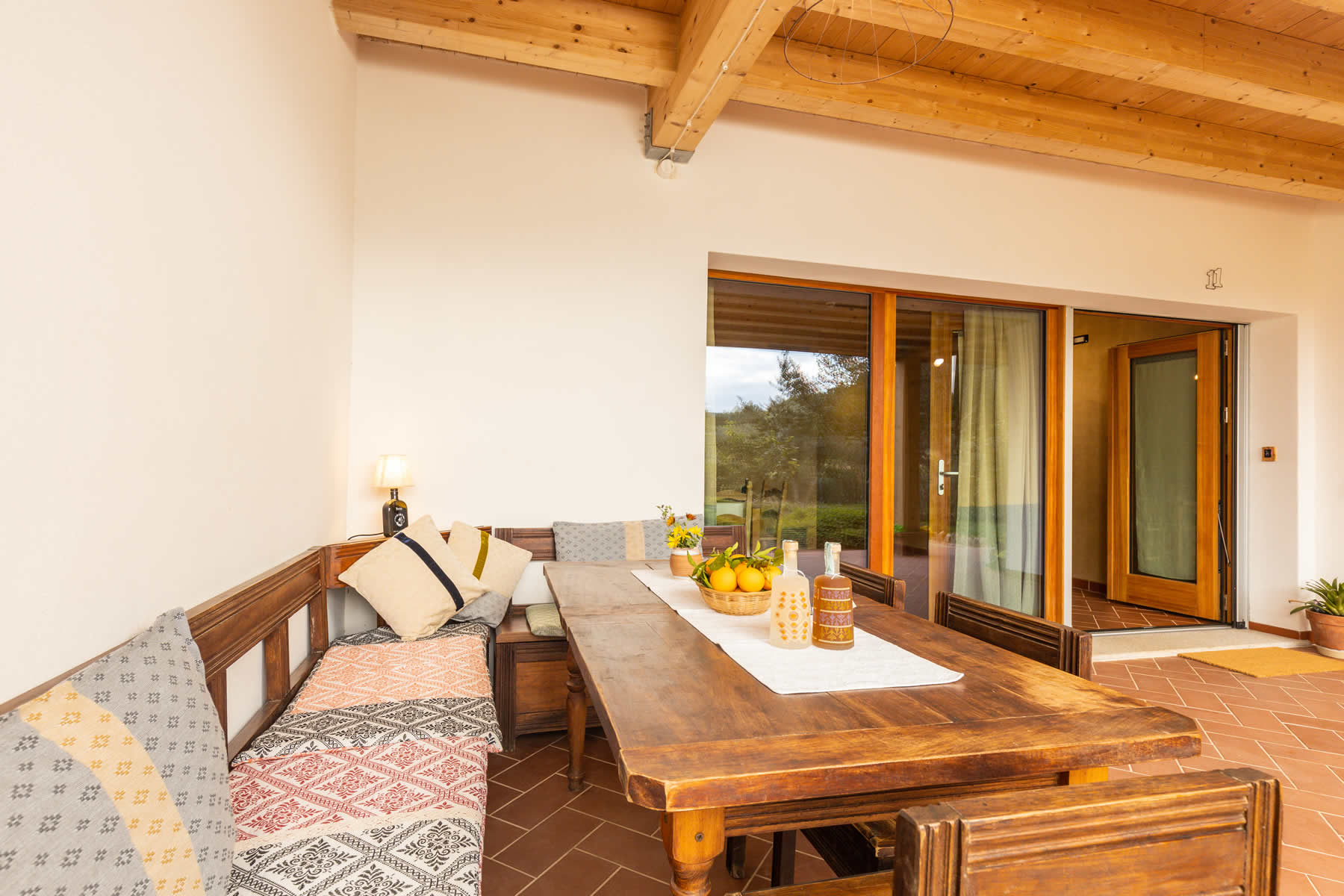
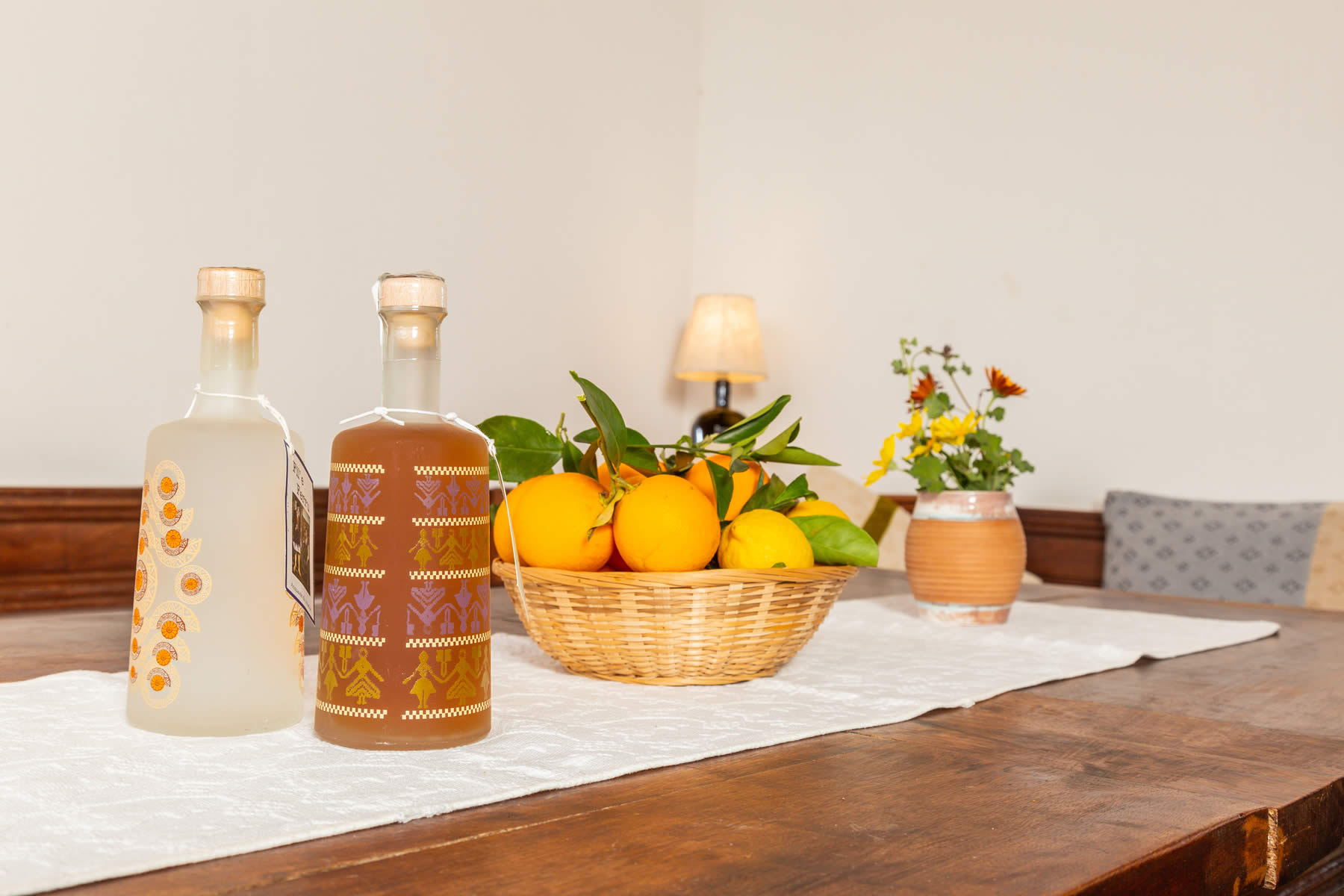
It is precisely in the countryside of Muravera that the perfect eco-sustainable accommodation awaits us to visit Sarrabus. Domu Bresca is a small dwelling with eight rooms and a small apartment. The atmosphere is warm and reflects the local Sardinian tradition with custom-made furnishings by local artisans and artistic details. The structure is located within the Bresca Dorada agri-food company. Certified organic since 2013, it produces liqueurs, jams, and flavored salts from transforming plants and fruits.
The building has been constructed based on the principles of green architecture. It prioritizes the use of certified materials that are environment-friendly and construction techniques that promote maximum energy efficiency. This means that wood, clay, cork have been used, while synthetic insulating materials have been avoided. The result is the essence of Sarrabus: a wonderful, warm, and welcoming place.
Discovering authentic Sarrabus
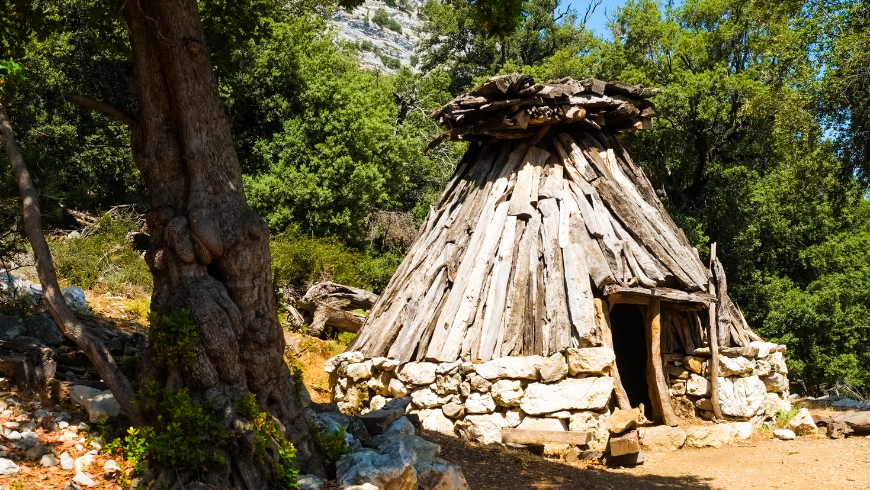
After a comfortable night’s sleep and a delicious local breakfast, we can embark on a journey to explore the area. Our first stop will be the historic center of Muravera, followed by many other historical landmarks in the region.
In many areas of the region, you can admire the remains of the ancient Nuragic civilization, with its tombs, sacred wells, and imposing nuraghes, symbols of the mysterious past of this land. An example of this is the 53 menhirs of Cuili Piras, positioned in relation to the sunrise and sunset of the sun and moon, creating almost a prehistoric clock. At the same time, it is possible to trace the signs of the mining industry that characterized the territory until the first half of the 20th century.
But it is not only ancient history: everywhere you can see the distinctive signs of Sardinian agro–pastoral tradition. Among these stand out the “pinnettus,” ancient huts built with juniper branches and stones, which shepherds still use today to shelter from sun and rain.
Trekking and walks in the green
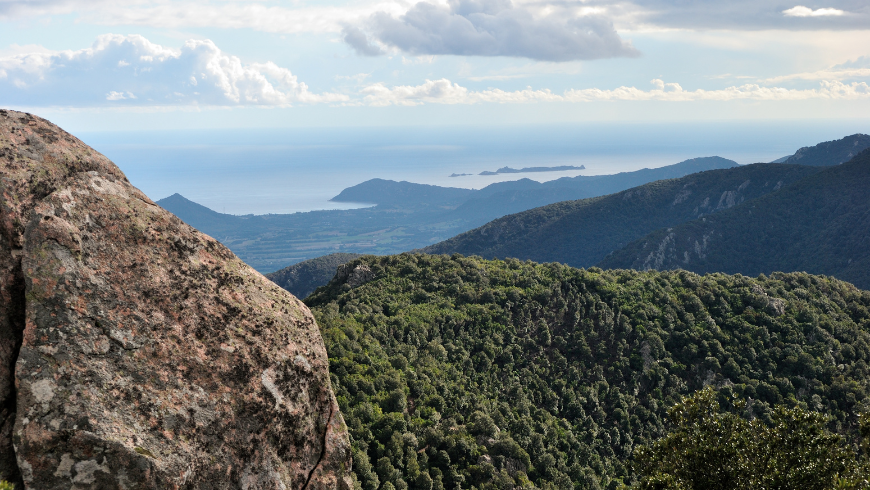
There is also a wild and mysterious nature to discover. We cannot miss the forest of Baccu Arrodas, perfect for trekking among holm oaks and strawberry trees, the gardens of citrus fruits, and the wonderful Sette Fratelli Park. The Park is the green lung of the island, and it is considered one of the most captivating areas in terms of landscape, faunal, and naturalistic features. The territory spans across 60 thousand hectares; it’s full of surprises and richness, with an exceptional inhabitant, the Sardinian deer. Numerous hiking trails are available for visitors.
The sea of Sarrabus
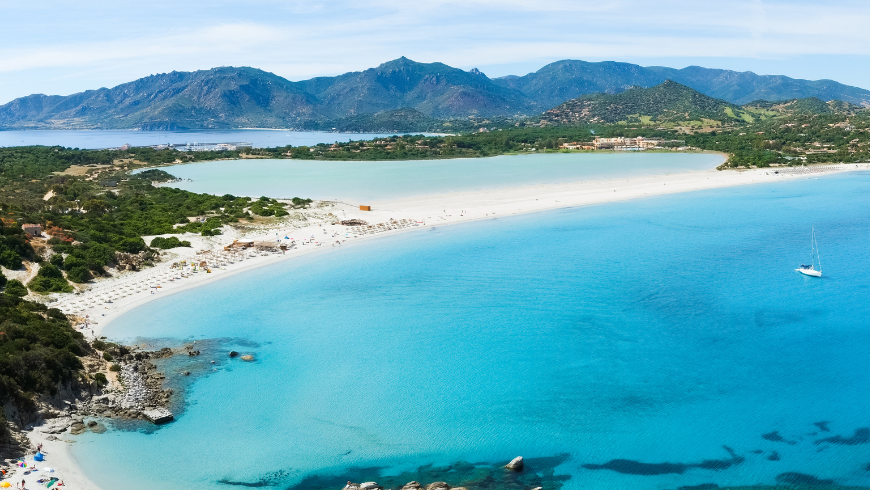
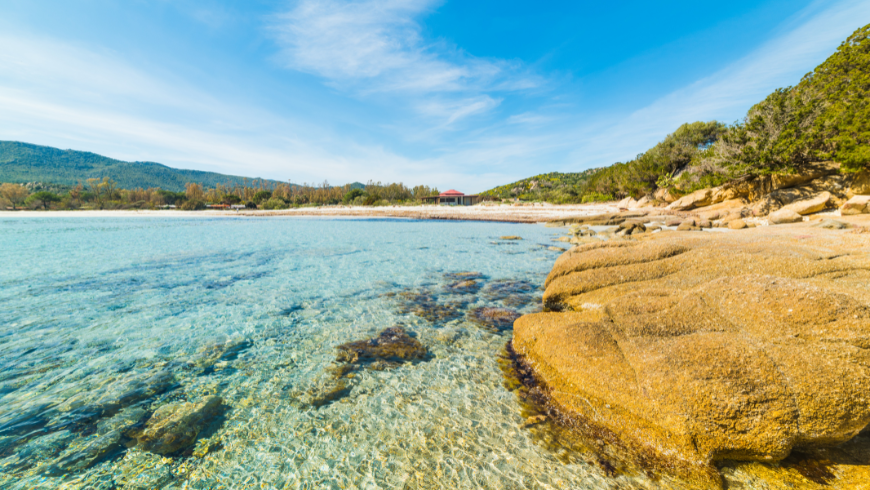
We cannot miss the coast‘s romantic beaches and crystalline water. From the bronze-colored sand of Feraxi, with its alternating cliffs and beach surrounded by Mediterranean scrub, to the dunes covered with sea lilies and yellow poppies of Colostrai. From the quartz beach of San Giovanni to the granite spur of Capo Ferrato. And from Costarei, the longest sandy stretch of the eastern Sardinia coast, to the beautiful Cala Pira of Castiadas, to the clear and brilliant waters of Villasimius. A succession of intense colors and emotions that few places can offer.
Sardinia, and in particular Sarrabus, is a land that conquers the heart. A place where the uncontaminated beauty of nature merges with the authenticity of traditions and the warm hospitality of the people. Time to leave and discover this amazing places! Ready?

